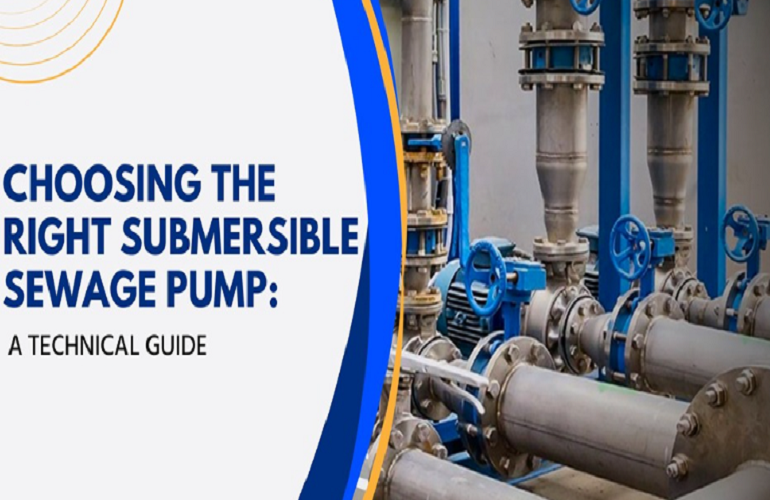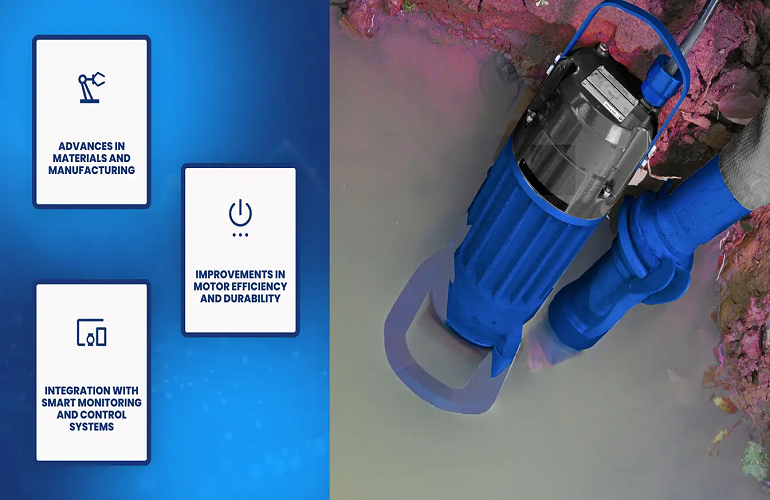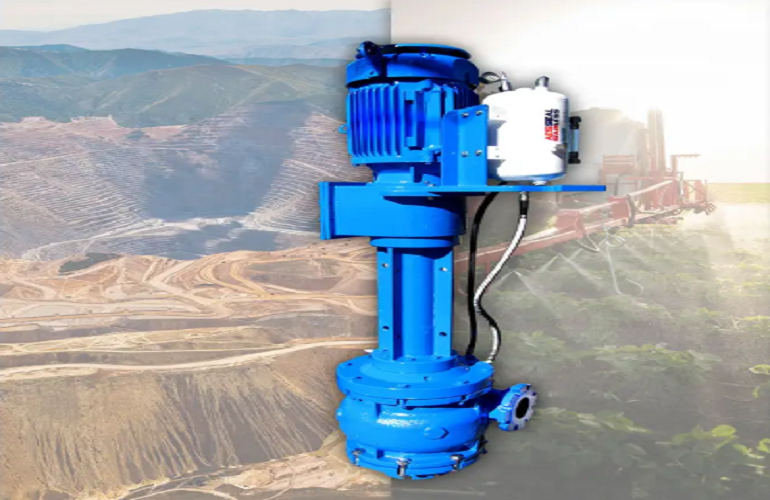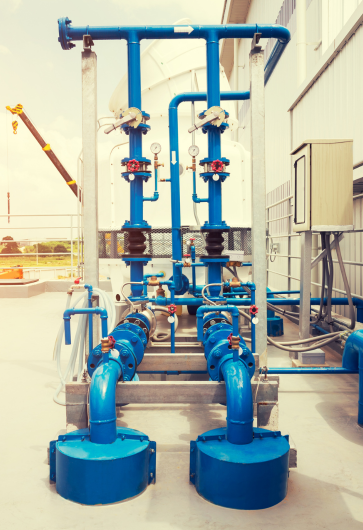
Choosing the Right Submersible Sewage Pump for Your Needs
Submersible sewage pumps are vital tools for managing wastewater in various settings. Designed to operate underwater, these pumps efficiently handle solids, liquids, and slurries, ensuring smooth wastewater transfer and disposal. Whether you need a sewage submersible pump for residential, commercial, or industrial applications, selecting the right one is crucial to meeting specific needs and maintaining system reliability. A sewage submersible pump offers durability and efficiency, making it an essential component in wastewater management. By understanding the key features of a submersible sewage pump, you can ensure that your system operates effectively and meets its demands. This guide explores the essential factors to consider when choosing a sewage submersible pump, from understanding its components to evaluating its performance features.
Assessing Your Specific Needs -
Choosing the right submersible sewage pump begins with a thorough assessment of your requirements.
Type of Application -
Residential : Requires compact, energy-efficient pumps.
Commercial : Demands higher capacity and durability for medium-scale operations.
Industrial : Needs robust pumps capable of handling high volumes and abrasive materials. Choosing the Right Manufacturer or Brand Not all submersible sewage pumps are created equal. Choosing a reputable manufacturer ensures product quality and reliable support. Reputable Brands: Opt for well-known manufacturers with a track record of producing durable pumps.
Customer Reviews: Read reviews and testimonials to gauge performance and customer satisfaction.
Technical Support: Ensure the manufacturer offers after-sales support, including installation assistance and troubleshooting.

Evolution of Submersible Sewage Pumps
Historical Development
The introduction of submersible sewage pumps in the mid-20th century marked a significant advancement in this technology. These pumps, designed to operate while fully submerged in sewage, dramatically improved the efficiency and reliability of sewage pumping systems. By being placed directly within the sewage system, submersible pumps eliminated the need for complex piping and reduced the overall footprint of the installation. The development of sewage pumps began in the early 20th century, driven by the need for efficient wastewater management.

The Role of Dewatering Pumps in Water Management
Dewatering involves the removal of water from solids heavy material or soil through various methods, including wet classification, centrifugation, filtration, and similar solid-liquid separation processes. This process is critical for numerous industries to maintain dry conditions, ensure the stability of buildings, and enhance overall productivity.
Explanation of Dewatering and Its Importance :
Dewatering is essential for creating stable work environments, reducing risks associated with water accumulation, and improving operational efficiency. It prevents the collapse of structures, ensures worker safety, and enhances the quality of construction and mining activities. Effective dewatering with a submersible pump can mitigate soil erosion, structural instability, and equipment failure.


